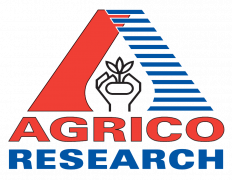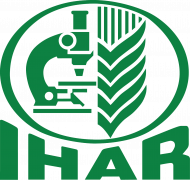Abstract
The demand for processing potatoes has been increasing in Japan since the 1970s due to changes in eating habits from fresh potatoes to processed products. However, domestic supply of potatoes has not changed for the past five decades and the country is not self-sufficient in potato production. Understanding potato crop and soil-environmental yield limiting factors at growers’ management level is important to guide formulation of better management practices to increase yields. This study was conducted in Hokkaido, Japan, to evaluate the performance of four popular processing potato cultivars under variable soil environment and grower management conditions. The study was conducted by obtaining soil and tuber samples from 90 and 80 fields in Tokachi and Kamikawa districts, respectively, in two growing seasons. These two districts represent very contrasting soil types. Kamikawa has pyroclastic flow deposit soils classified as Inceptisols whereas Tokachi has volcanic ash soils known as Andisols. Paired samples of soil and tubers were evaluated at each of these sites. The results indicated the following: (1) Significant cultivar effect on various measured parameters including tuber yield, tuber number, mean tuber weight and specific gravity. (2) Toyoshiro cultivar performed better than other cultivars in both Tokachi and Kamikawa districts. (3) Yields varied from 21.9 to 68.2 t ha−1 indicating that with good management, there is a considerable yield-improvement opportunity. (4) Interestingly, stem number was significantly affected by soil type. The stem numbers were generally greater in the Kamikawa District suggesting high available N and P and lower available Ca in this region, possibly in conjunction with other unmeasured factors, contributed to greater stem numbers.















